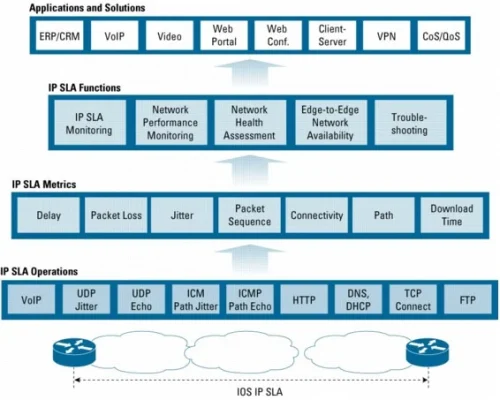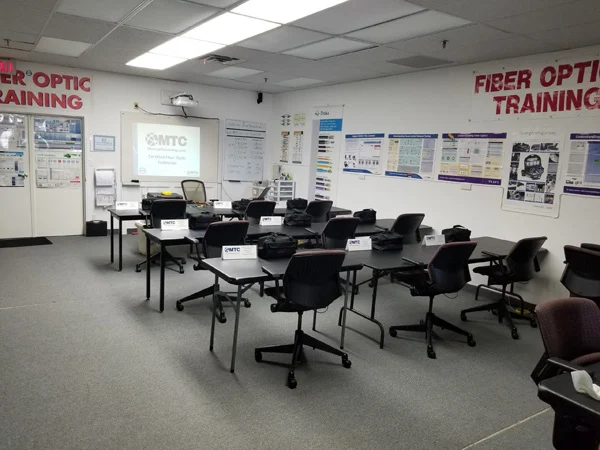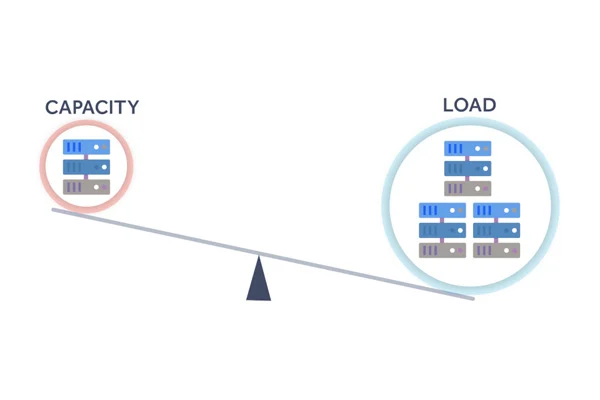
Automated verification with analytics and SaaS documentation
Service-level agreements (SLAs) for modern fiber networks are migrating from contractual text toward continuous, measurable obligations enforced by instrumentation and analytics. Historically, SLA compliance in fiber networks was validated by periodic manual tests or after-the-fact fault tickets; contemporary architectures leverage optical performance monitoring (OPM), in-service telemetry and timestamped packet probes to create high-fidelity measurements suitable for automatic compliance verification. International fiber specifications such as ITU-T G.652 and test methodologies including RFCs for performance measurement define both the physical and measurement backdrops against which SLA metrics (loss, OSNR, latency, jitter and error-rate) must be quantified, enabling reproducible, auditable assertions of compliance.
Optical performance monitoring technologies provide the physical layer observables necessary to translate optical impairments into SLA-relevant indicators. In-line OSNR estimation, chromatic dispersion and polarization-mode dispersion monitoring, and distributed fiber sensing (for attenuation and micro-bend detection) transform analog optical phenomena into time-stamped telemetry streams. Academic and industry literature shows that OPM combined with machine-learning models can infer end-to-end performance degradations and correlate them with upstream service metrics – crucial when SLAs are specified as quantitative thresholds rather than vague “good-faith” undertakings. Practical deployments likewise reuse packet-level probing (RFC-specified measurement frameworks) to capture latency and packet loss with synchronized timestamps, producing the dual optical + packet evidence required for robust compliance claims.
How to prove SLA compliance automatically with fiber analytics
- first, the availability of continuous, time-synchronized measurements across physical and logical layers;
- second, deterministic mapping functions from measured impairments to SLA metrics;
- and third, tamper-evident recording and replayable audit trails for every compliance decision.
How SaaS fiber documentation tools simplify auditing and SLA reporting
From an auditor’s viewpoint, proving compliance automatically requires more than a “pass/fail” flag. The evidence set must include raw measurement traces, calibrated instrument metadata, the analytical model and its version, and a chain of custody for telemetry ingestion. This is where SaaS fiber documentation tools become operationally important. SaaS fiber documentation platforms centralize measurement ingestion, normalize heterogeneous meters (optical probes, transponder counters, synthetic packet probes), and generate reproducible compliance reports. Because the platforms run versioned analytics and preserve immutable logs, they convert ephemeral operational insight into repeatable artifacts that map directly to contract clauses. Vendors and regulators increasingly expect these artifacts; whitepapers and standards bodies alike highlight the need for auditable pipelines for regulated services and critical infrastructure.
A scientific assessment of automated compliance requires attention to error models and statistical power. Measurement equipment has finite precision and calibration drift; optical telemetry is affected by temperature and wavelength-dependent attenuation; packet probes interact with queuing behavior and may not sample worst-case paths. Robust automation therefore embeds hypothesis testing, change-point detection and model validation cycles into the analytics stack. Research on analytics-based fiber monitoring shows that combining deterministic thresholds with anomaly detection models reduces both Type-I and Type-II errors in SLA adjudication and supports defensible root-cause attribution when service credits are at stake. The best practice is to declare explicit measurement uncertainties in SLA language and to codify the analytics model version that will be used for automated adjudication.
Toward measurable, auditable network integrity
Finally, compliance automation has legal and regulatory implications. Regulators and sectoral standards may mandate measurement transparency for critical services, especially for utilities, finance and public safety communications. Organizations drafting SLAs should reference applicable standards (for example, fiber construction and optical characteristics from ITU-T and IEC, and measurement protocols from IETF RFCs) and should negotiate the allowed measurement methods and confidence thresholds up front. When both parties accept SaaS fiber documentation outputs as authoritative, the result is a shift from dispute-prone, manual evidence production to deterministic, machine-readable reporting that scales with network complexity.
In conclusion, SLA compliance in fiber networks is achievable at scale by integrating instrumentation, analytics and auditable documentation. How to prove SLA compliance automatically with fiber analytics – is not a single product feature but an architectural pattern that couples optical performance monitoring, packet probing, deterministic analytics and immutable reporting. How SaaS fiber documentation tools simplify auditing and SLA reporting is a commercial realization of that pattern: SaaS platforms provide normalization, model governance and report generation that make compliance assertions reproducible and legally defensible. For operators and customers alike, the scientific imperative is clear: specify measurable metrics, adopt calibrated instrumentation, declare statistical confidence, and preserve versioned analytics and raw traces so that every compliance decision can be independently validated.
Take care of your splice sheets
1000+ ISPs are already saving weeks of work with Splice.me!



